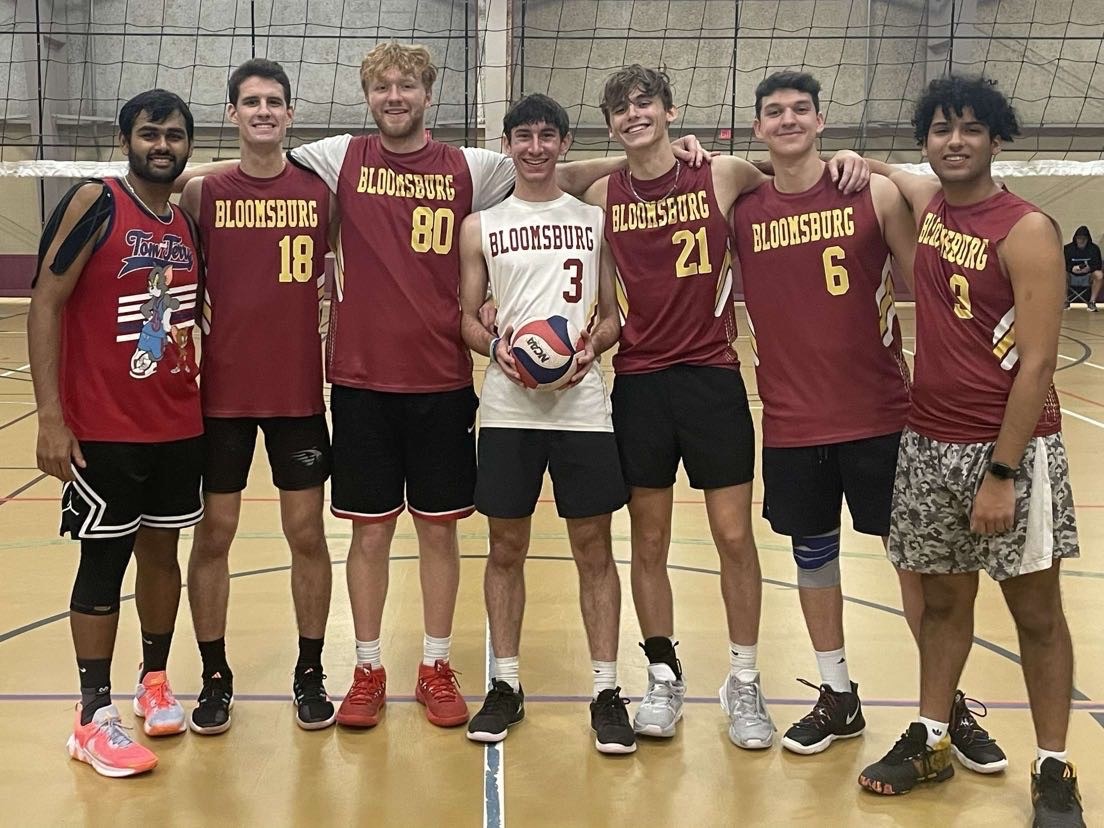Recently, a high school in Miami has gone viral online with videos that have surfaced of their high school dance team that have some sanctiparents up in arms about their outfits. Miami Northwestern Senior High School’s dance team showed up to perform in outfits that adults around the country are criticizing as too risqué for high school students. The uniform in question consisted of a black and blue, long-sleeved bodysuit, with side cutouts and cutouts at the collarbone, as well as faux thigh-high tights. The uniform is somewhat reminiscent of burlesque clothing with the lace detailing of the tights and the boots worn. Otherwise, it is no more or less revealing than most dance or gymnastics uniforms. It calls for consideration and more than a little debate.
There’s no denying that dance and gymnastics requires very fitting and sometimes very revealing clothing. Gymnasts, particularly those who develop more curves in high school, often end up revealing their entire legs and their posteriors. In fact, in professional gymnastics at any level, there are literally requirements for the color of girls’ panties. Judges can dock points or disqualify girls for not having regulation underwear on: they can pay that much attention to young girls’ bodies. And practices often are conducted for dancers, gymnasts and cheerleaders of all age groups in short shorts and sports bras, leaving very little to the imagination. And these aren’t the only competitive activities where being scantily clad is actually a necessity. Anyone who has ever competed in track and field or swimming understands that certain sports lend themselves inherently to less clothing. So, in reality, these uniforms are not at all out of the norm.
If one looks beyond high school, they will find that college and professional teams also wear similarly revealing uniforms. The Dallas Cowboys Cheerleaders, for example, take the field in nothing more than booty shorts and a glorified bra. These women shake what Momma Nature gave them in front of thousands of fans regularly, including young children. Their signature kick line has just as much risk of slippage, if not more, than the uniforms of the young women in Miami, who came under fire more than once for their uniforms being considered scandalous. And women who wrestle professionally in organizations like WWE are similarly exposed regularly for the entertainment of the masses. All of these women are only separated by a few years; in the case of seniors and some juniors, the girls on the team are already adults and can make the decision to wear whatever they please themselves. So, where does the issue really lie?
When you think about it, this is part of a broader issue of the sexualization of young women. These uniforms were approved by the parents of the girls on the dance team. Their parents, who should be the only adults who care what their kids are wearing, were okay with their daughters wearing these uniforms because they looked at the uniforms as what they were: a dance uniform designed for aesthetics and comfort while dancing. Beyond that, this is a chance for the young women to express themselves and feel comfortable and confident in their bodies while doing what they love. Instead, the internet looks at the women as sexual objects, with some critics calling the girls strippers or claiming the school was promoting the pimping of young black women. Empowering young women starts with letting them control how they display their bodies and teaching them to overlook those who aren’t comfortable with their displays. This includes dress codes that disproportionately target young women in everything that they wear, from no bras under hoodies to prom dresses that show a little bit of body shape. Young women are sent home from school because bra straps are “distracting” to male peers and teachers, but those same males aren’t told that they should mind their own business.
These trends have devastating results. Mental disorders related to body image are on the rise in the United States, and there are no signs that things are slowing down. It’s estimated that between 5-7.5 million Americans have body dysmorphic disorder, and this often leads towards things like cosmetic surgery or extreme weight loss regiments. These can snowball into other issues, such as the millions of people who suffer from anorexia or bulimia each year. In addition, these stigmas do just as much damage to young men. The policing of young women’s clothing tells men that they will not be held accountable for their actions in the presence of females, that they are slaves to their hormones or desires and that women are for their viewing pleasure. In essence, men are treated as being totally incompetent from the moment of puberty and that girls are responsible at all times for these mentally and emotionally incompetent males. Of course, if they want to run a business, or, say, the government….
Young women should be allowed to make decision regarding their clothing without wondering who will judge them or how they might suffer from day to day for those decisions. It is nobody’s business but their own and their parents on how they dress. What would be unacceptable for young men—i.e. topless in school, underwear in full view, exposed genitalia—should be unacceptable for young women. But women and girls should not have to wonder if they will be penalized for a rogue bra strap or leggings as pants. They should not have to worry about being seen as sex objects while competing in athletics that they work incredibly hard to compete in. More than anything, they should not feel ashamed of their bodies because some people tell them that they wouldn’t allow their [insert female relative] to wear whatever it is they’re wearing in public.
Crocs are hideous. Leggings are pants. And what a person wants to put on their bodies so their kibbles and bits aren’t blowing in the wind is nobody’s business but their own.
Arianna is a senior Russian and History major. She is Editor in Chief for The Voice

























